Cogged belts have been used for many years in mechanical systems, providing an efficient means of transmitting power from one component to another. They are versatile and reliable, making them a popular choice for many different applications. Read More…
Wire Belt Co. of America manufactures both custom and precision conveyor belting products such as woven mesh belting and chain drive belting for various industries, including food processing, electronics, baking, pharmaceutical, confectionery and textiles.

Potomac Rubber Co. is a distributor of V-belts, poly V-belts and cog belts. All belting is available individually or in matched sets. We carry specialty vee belts including metric, heavy duty and synchro-cog timing belts. We are distributors for brands such as CARLISLE, DAYCO, GOODYEAR. Many items are available for same day or factory direct shipment.

More Cogged Belt Manufacturers
What Are Cogged Belts?
Cogged belts are belts that have teeth or cogs on the underside. These teeth fit into grooves in pulleys, allowing the belt to grip the pulley and transfer power efficiently. Cogged belts are used in a variety of mechanical systems, including automobiles, industrial machinery, and agricultural equipment.
Creation of Cogged Belts
The process of creating cogged belts begins with a flat belt made of rubber or other materials. The belt is then passed through a machine that cuts teeth into the underside of the belt. These teeth are evenly spaced and designed to fit into grooves in pulleys, allowing the belt to grip the pulley and transmit power. The creation process for cogged belts may vary for specific applications. For example, in some applications, the teeth on the belt may need to be deeper or shallower, depending on the required torque or speed.
Materials Used for Cogged Belts
Natural rubber, neoprene, and polyurethane are commonly used for cogged belts because they offer different benefits and properties that make them suitable for various applications. Here are some reasons why these materials are used for cogged belts:
Natural Rubber
Natural rubber is a common material for cogged belts because it has high tensile strength, good elasticity, and can handle a wide range of temperatures. It also offers good resistance to wear and tear, making it suitable for high-speed applications.
Neoprene
Neoprene is a synthetic rubber that is commonly used for cogged belts because it has good chemical and weather resistance, making it ideal for use in outdoor applications. It is also resistant to oils and fuels, making it suitable for use in the automotive and marine industries.
Polyurethane
Polyurethane is a synthetic polymer material that is commonly used for cogged belts because it offers excellent resistance to abrasion, tearing, and chemicals. It is also highly elastic, making it suitable for use in applications where shock absorption is required.
In general, the choice of material for a cogged belt depends on the specific requirements of the application, such as the operating conditions, load, speed, and environment. By selecting the appropriate material, the cogged belt can provide optimal performance, efficiency, and durability for the intended application.
Considerations Regarding Cogged Belts
One consideration regarding cogged belts is that they can be noisier than traditional flat belts. This is due to the teeth on the belt engaging with the pulley grooves. However, this noise can be reduced by using belt tensioners or by choosing belts with quieter tooth designs. Another consideration is that cogged belts are generally more expensive than traditional flat belts. However, the increased efficiency and longer lifespan of cogged belts can offset the higher initial cost.
Benefits of Cogged Belts
Cogged belts offer several benefits over traditional flat belts. First, cogged belts have a higher power transmission capacity. The teeth on the belt engage with the pulley grooves, providing a more secure and efficient means of power transmission. This allows for higher torque and speed capabilities. Additionally, cogged belts have a longer lifespan than traditional flat belts. The teeth on the belt provide a better grip on the pulley, reducing slippage and wear. This translates to less downtime, energy consumption, and maintenance costs over the life of the belt.
Applications of Cogged Belts
As a result of the benefits they provide, cogged belts are used in a wide range of applications in various industries. Here are some examples:
Automotive
Cogged belts are commonly used in automotive engines because they provide better power transmission efficiency than traditional flat belts. This increased efficiency can lead to better fuel economy, as the engine requires less power to drive the accessories.
Industrial Machinery
Cogged belts are widely used in industrial machinery because they can handle high loads and provide reliable power transmission. They are also resistant to wear and tear, making them ideal for heavy-duty applications.
Agriculture
Cogged belts are used in agricultural equipment such as tractors and harvesters because they can handle the high torque and shock loads that are common in agricultural applications. They are also resistant to weather and chemical exposure, which makes them ideal for use in outdoor environments.
Lawn and Garden Equipment
Cogged belts are commonly used in lawn and garden equipment such as lawnmowers and snowblowers because they offer better power transmission efficiency than traditional flat belts. This increased efficiency can result in better performance and reduced fuel consumption.
Fitness Equipment
Cogged belts are often used in fitness equipment such as treadmills and elliptical machines because they provide smooth and consistent power transmission. This can lead to a better workout experience for the user, as there is less variation in the resistance.
Household Appliances
Cogged belts are used in a variety of household appliances such as washing machines and vacuum cleaners because they provide reliable power transmission and are resistant to wear and tear.
Marine
Cogged belts are also used in marine applications, such as boats and ships because they provide better power transmission, durability, and, as a bonus, the materials used to create them are resistant to saltwater. These traits lead to more reliable performance, which is especially important in marine applications where equipment downtime can be costly and dangerous.
Choosing the Correct Cogged Belt Supplier
To ensure you have the most productive outcome when purchasing cogged belts from a cogged belt supplier, it is important to compare several companies using our directory of cogged belt suppliers. Each cogged belt supplier has a business profile page highlighting their areas of experience and capabilities, along with a contact form to directly communicate with the supplier for more information or to request a quote. Review each cogged belt business website using our patented website previewer to quickly learn what each company specializes in. Then, use our simple RFQ form to contact multiple cogged belt companies with the same form.

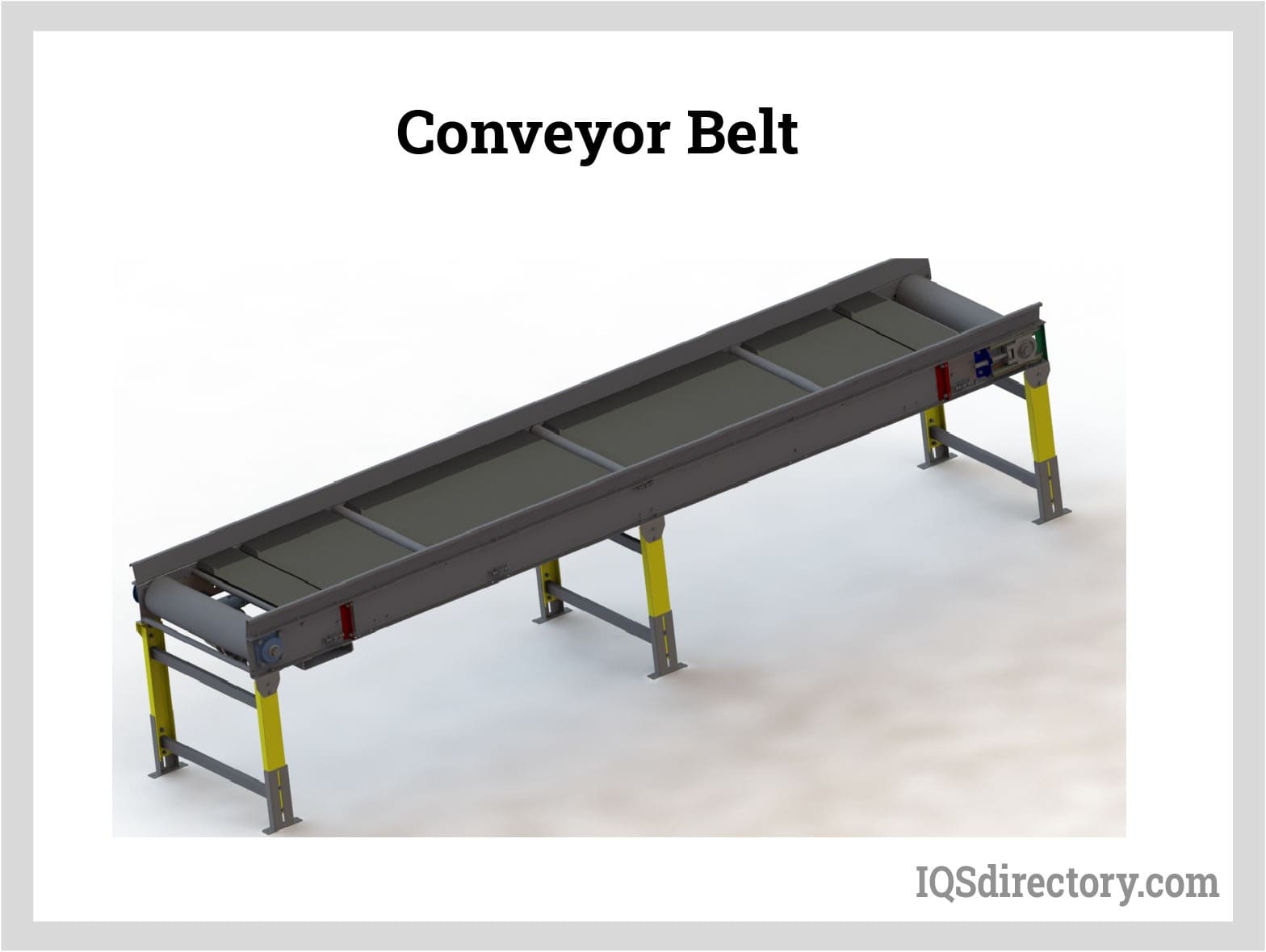
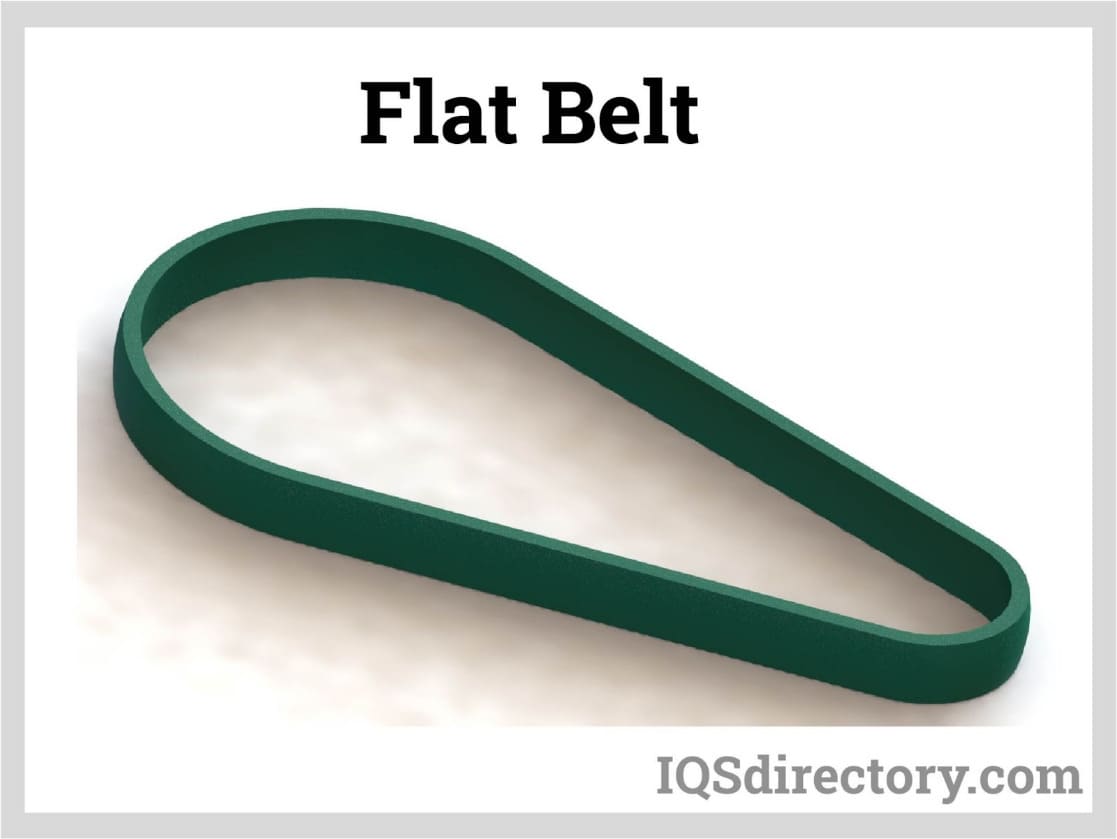
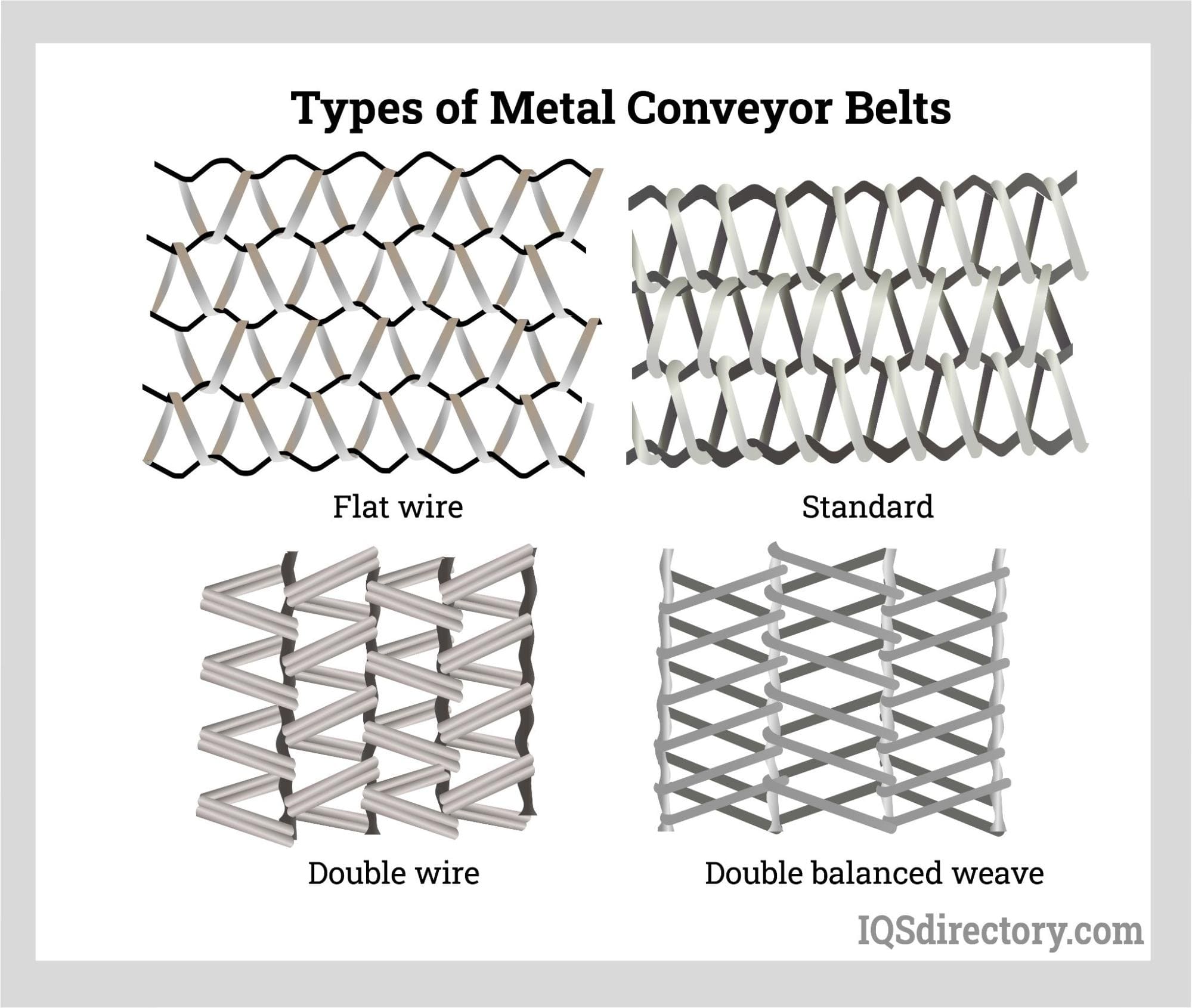
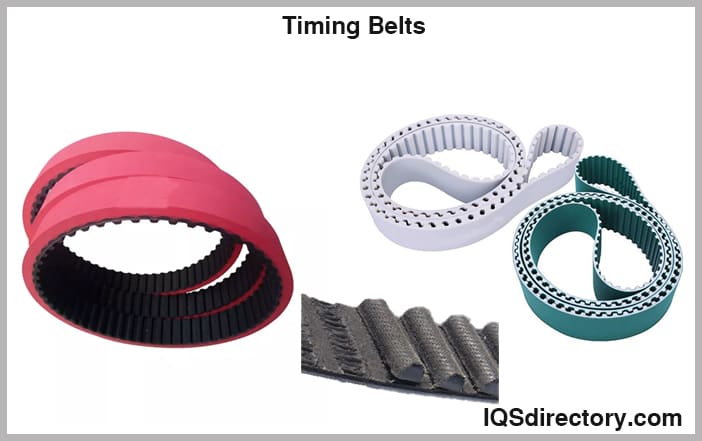
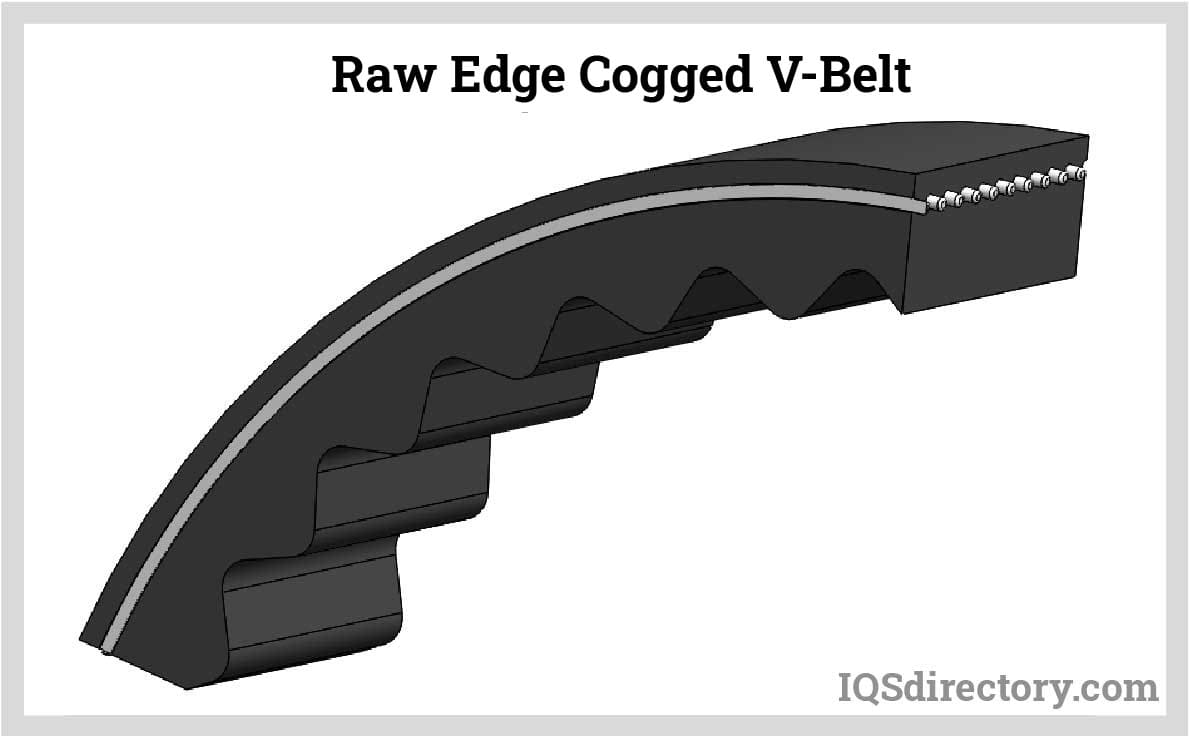
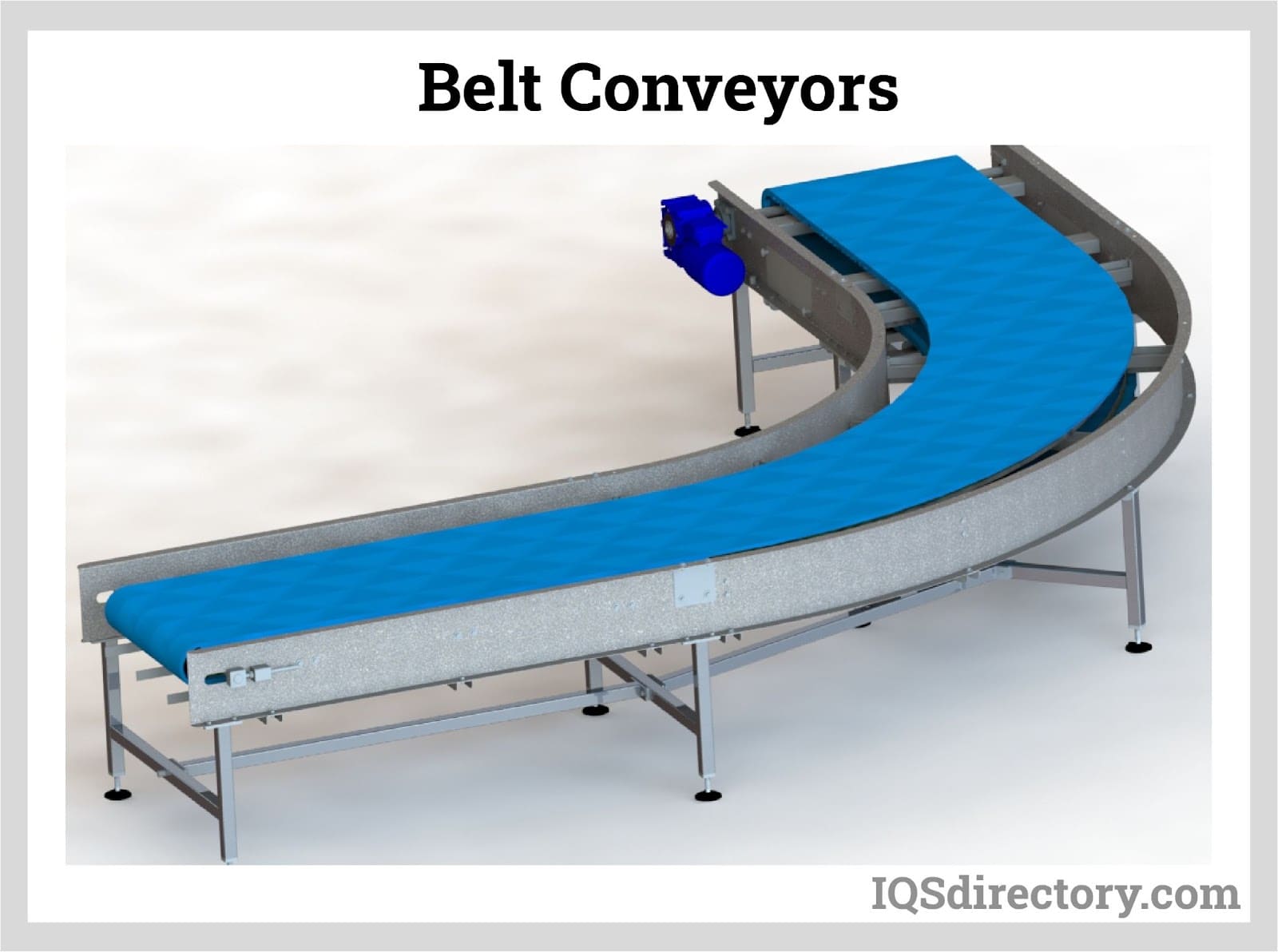

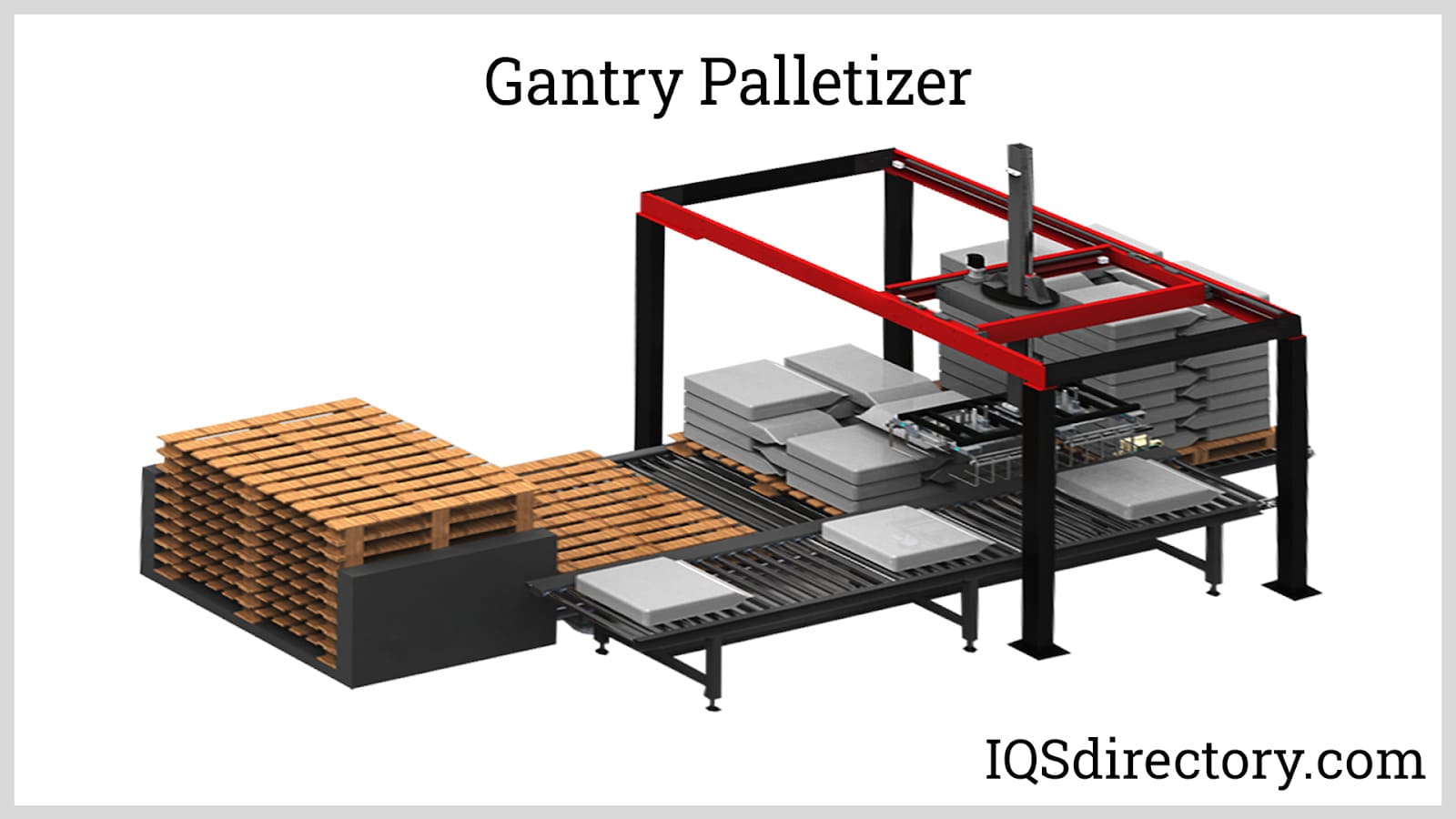
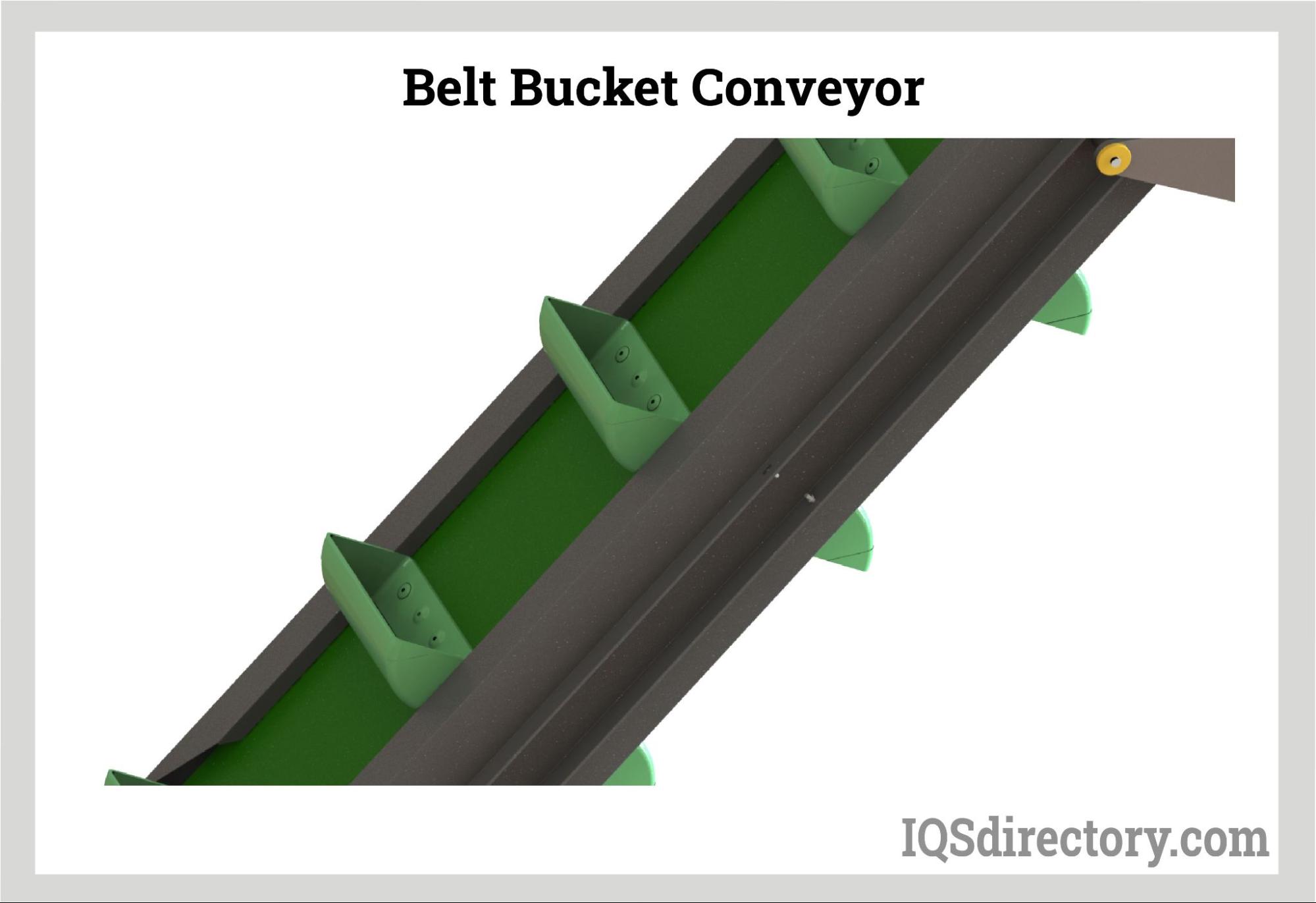
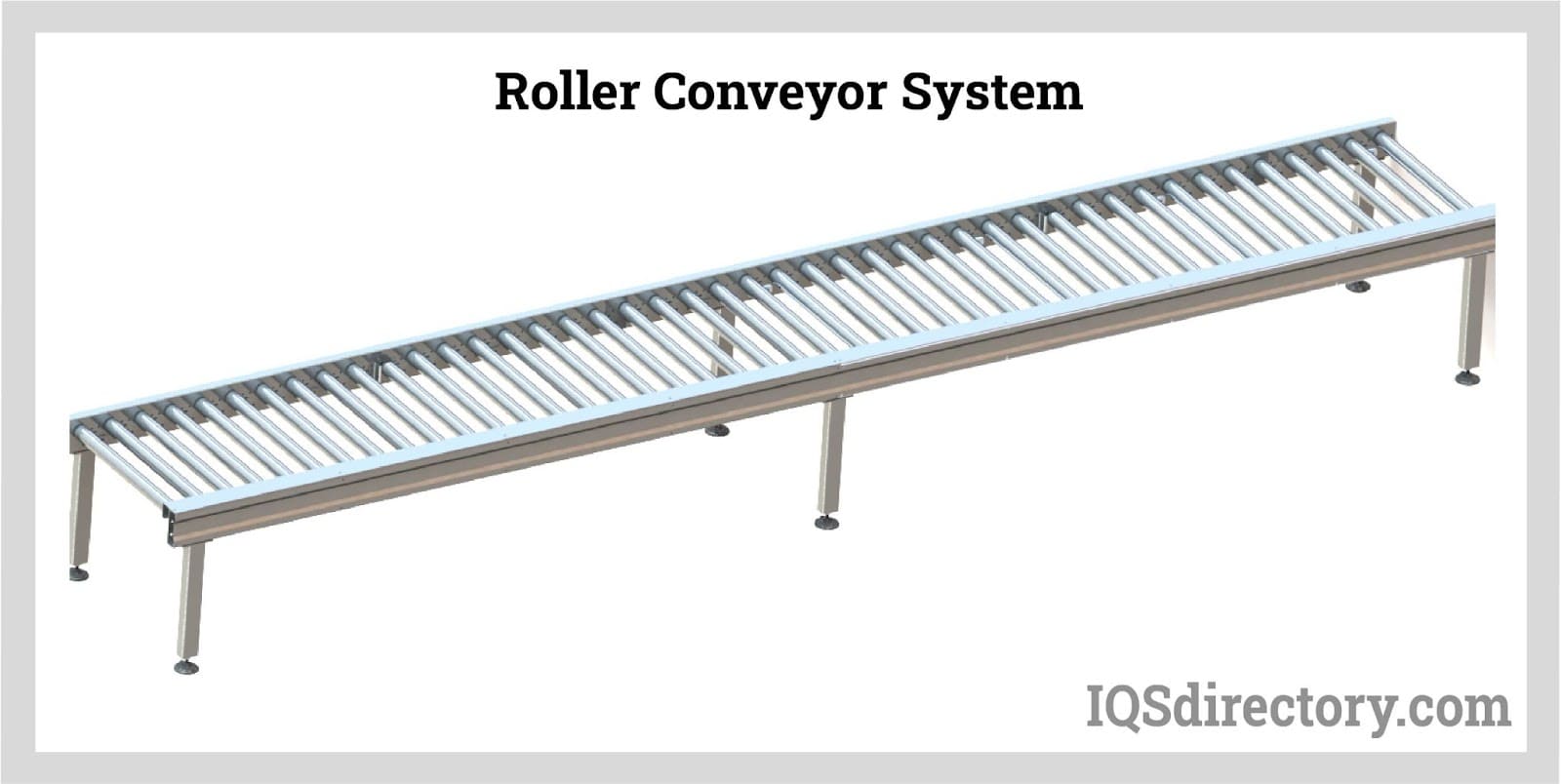

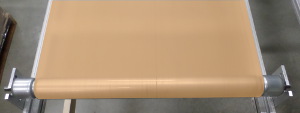 Conveyor Belting
Conveyor Belting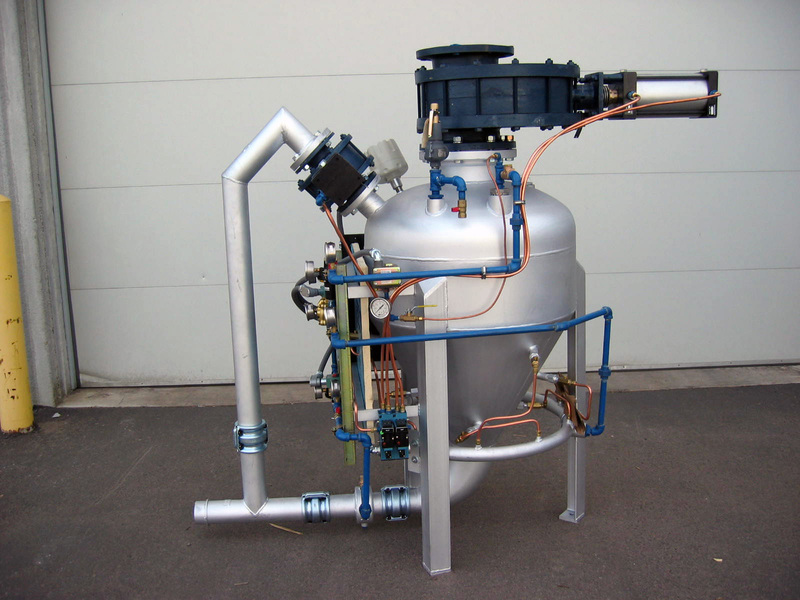 Conveyor Systems
Conveyor Systems Conveyors
Conveyors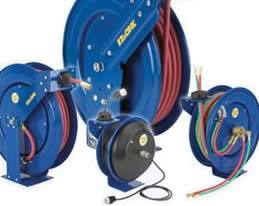 Hosereels
Hosereels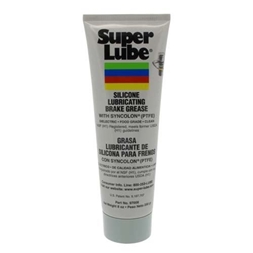 Industrial Lubricants
Industrial Lubricants Lubricators
Lubricators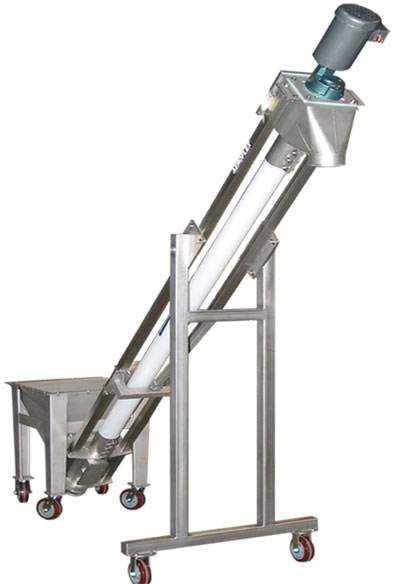 Screw Conveyors
Screw Conveyors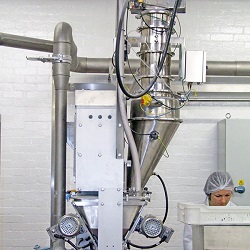 Pneumatic Conveyors
Pneumatic Conveyors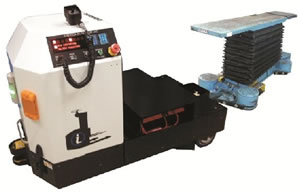 AGV
AGV Air Pollution Control
Air Pollution Control Assembly Machinery
Assembly Machinery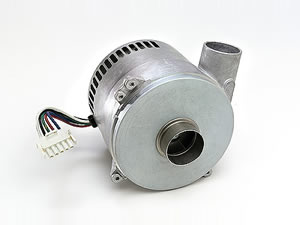 Blowers
Blowers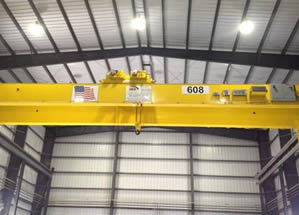 Cranes
Cranes Deburring Machinery
Deburring Machinery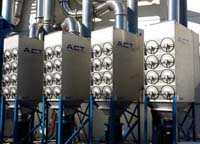 Dust Collectors
Dust Collectors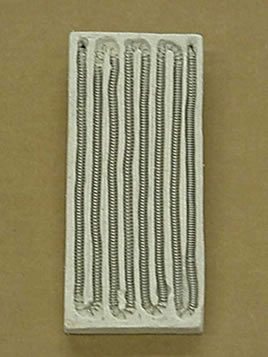 Heaters
Heaters Hose Reels
Hose Reels Mezzanines
Mezzanines Modular Buildings
Modular Buildings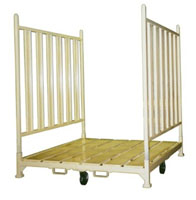 Storage Racks
Storage Racks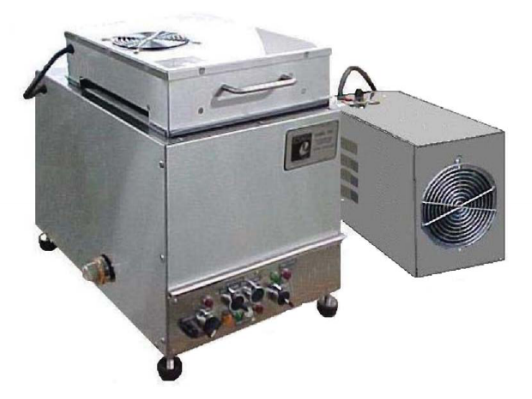 Ultrasonic Cleaners
Ultrasonic Cleaners Work Benches
Work Benches